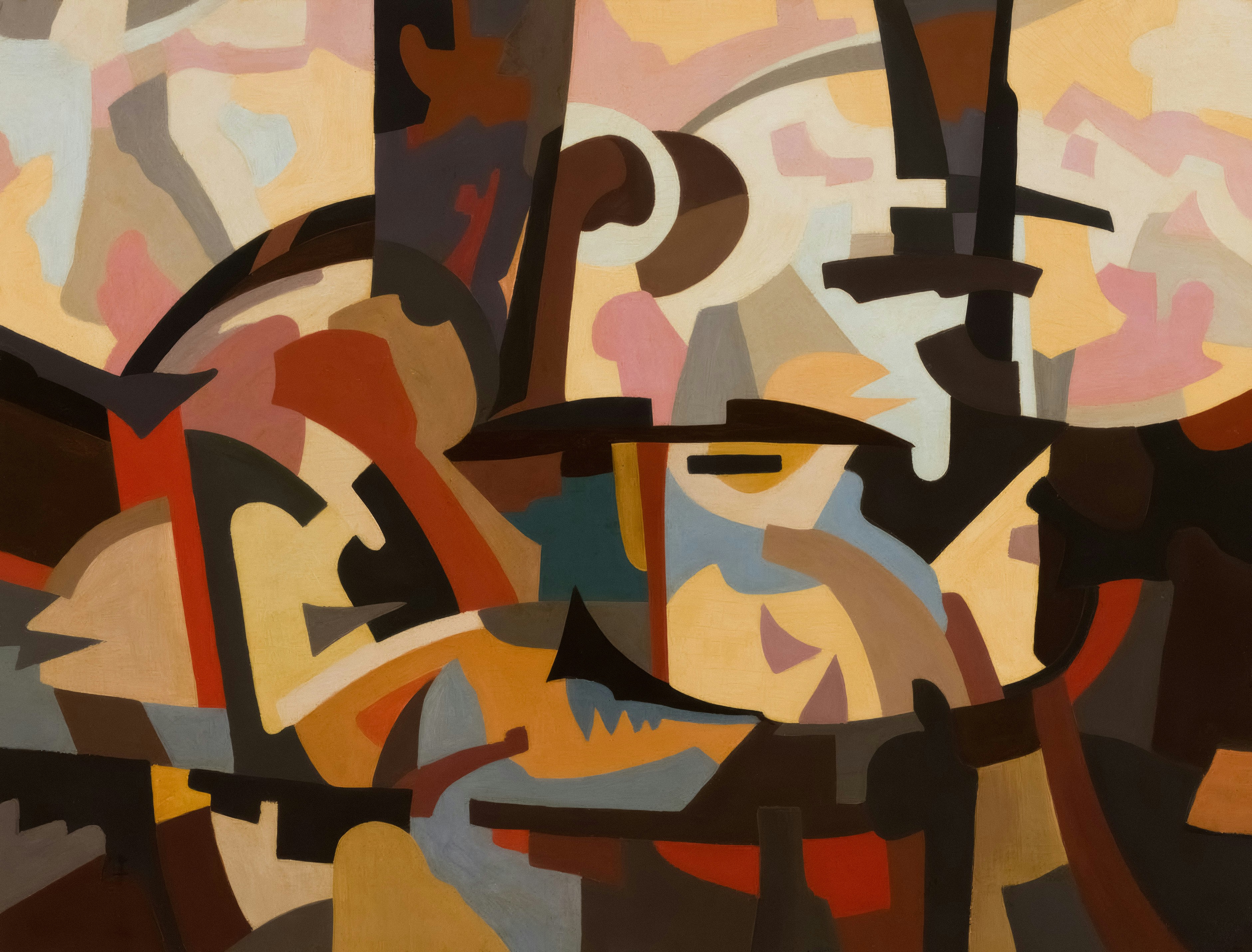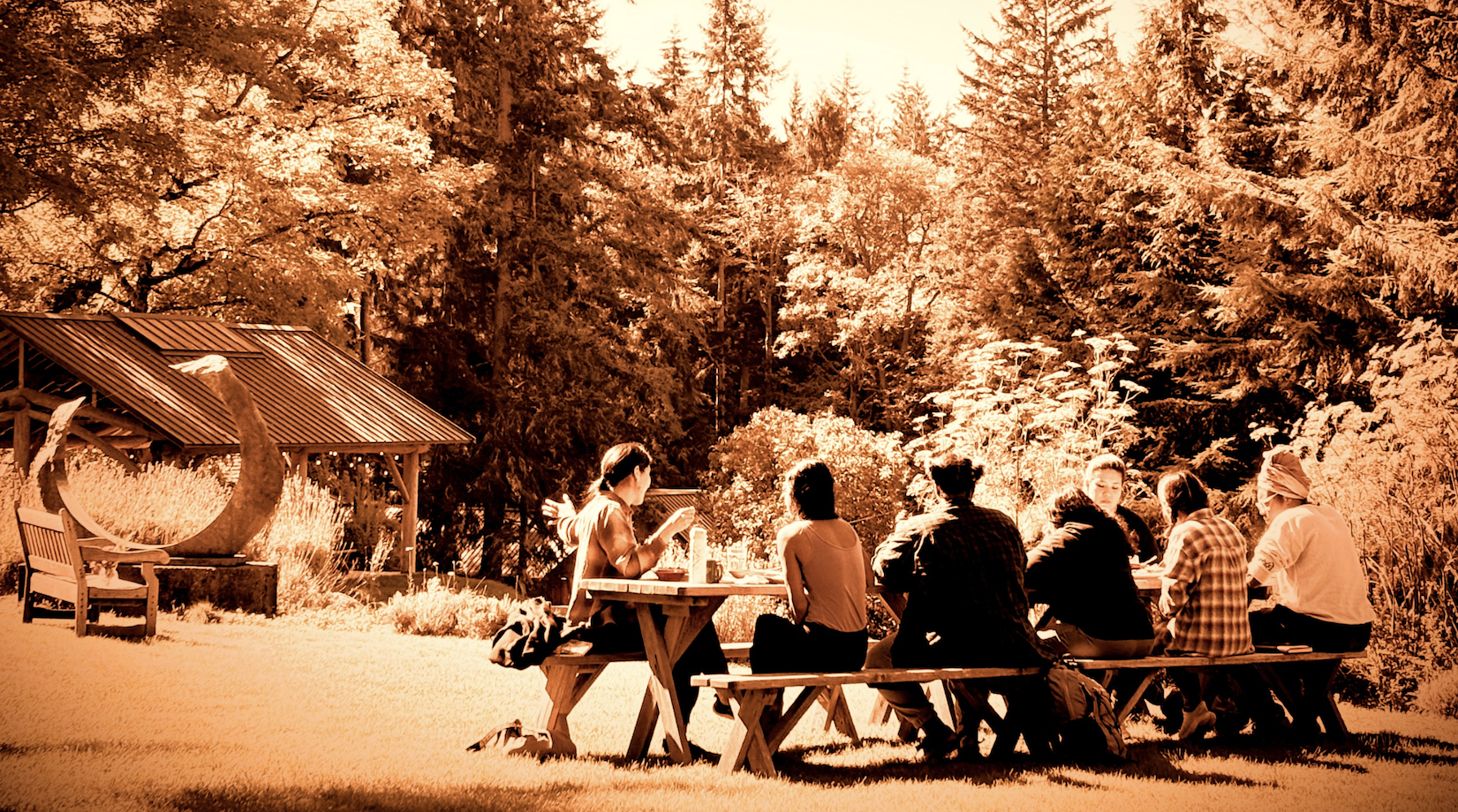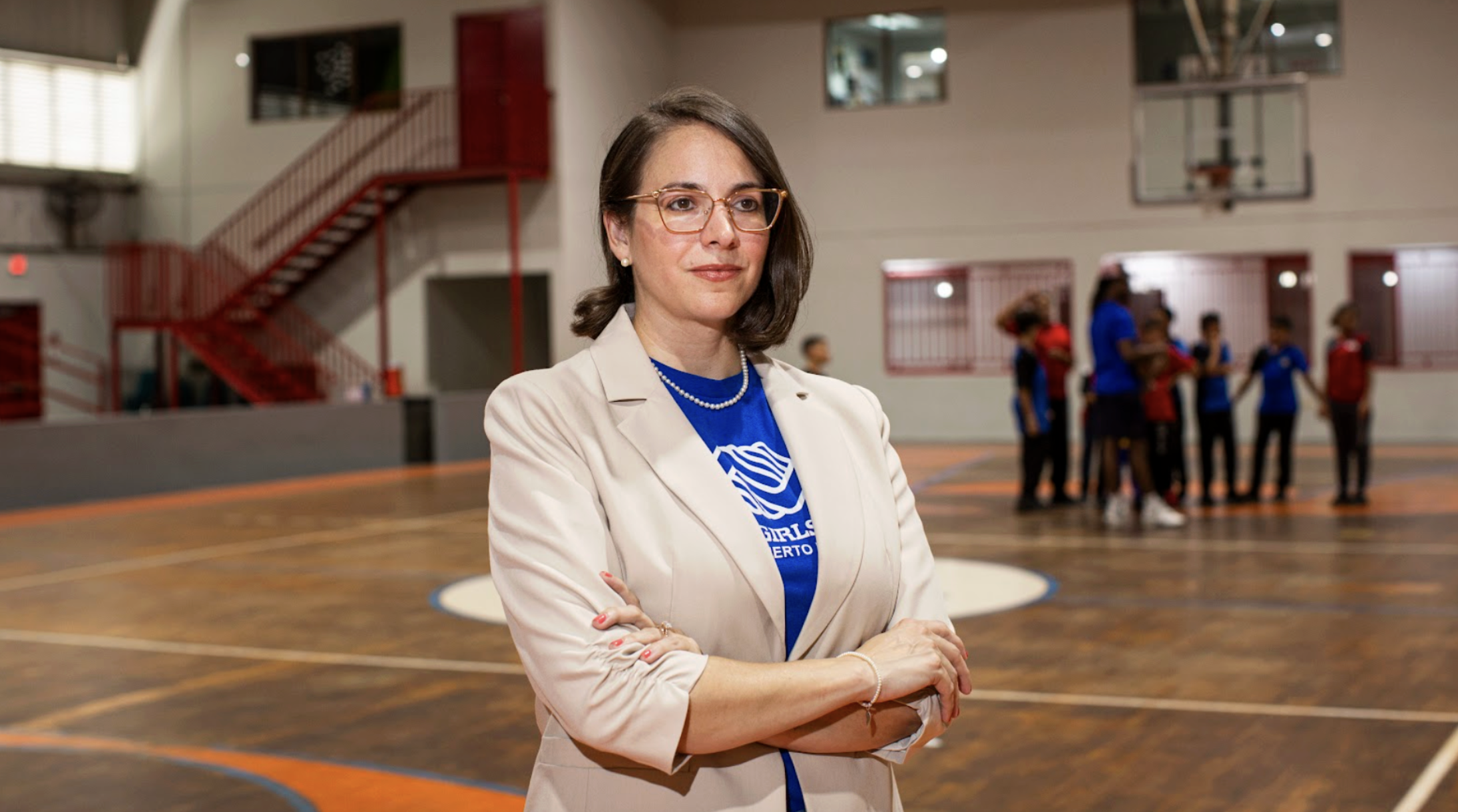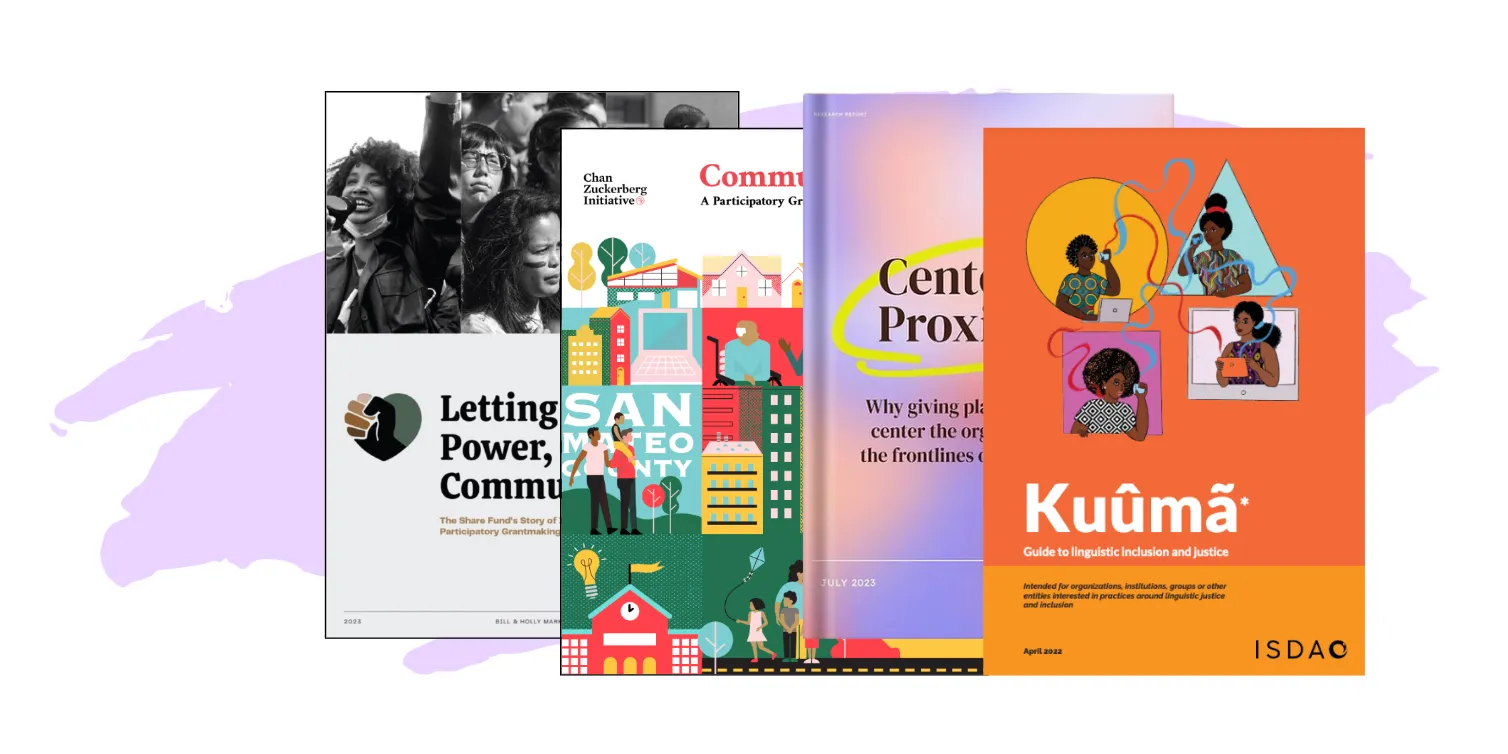Philanthropy is full of talk about collaboration. Funders say they want to see grantees work across silos, movements, and identities. But too often, that call doesn’t come with resources attached – and when it does, it comes with strings.
The BLIS Collective is trying something different. Their organization is a “solidarity and action hub” that builds narrative power and thinks out loud about the role of storytelling in movement-building – for instance, one of their members, Kahlil Greene, recently hosted a conversation with Stacey Abrams on narrative power in the face of rising authoritarian threats.
This fall, BLIS is launching the Radical Collaboration Fund, a $1 million participatory grantmaking pooled fund designed to move money to their members, the people and organizations building narrative power around ideas of repair, redistribution – while also strengthening relationships across movements.
The fund’s founding cohort (or “collective”) brings together 45 members working on four movement areas – guaranteed income, baby bonds, Indigenous land back, and Black reparations. They represent organizers, artists, influencers, and researchers who rarely find themselves in the same room.
We spoke with BLIS Collective’s co-founder and Executive Director Trevor Smith, and Director of Membership & Radical Collaboration Emi Aguilar, about why solidarity and narrative work needs infrastructure, how the fund will operate, and what radical collaboration looks like in practice. This conversation has been edited for clarity.
Proximate:
To start, can you give me an overview of what makes the Radical Collaboration Fund different from your standard grantmaking vehicle?
Trevor Smith:
The 45 members of our founding collective will grant out $1 million over the next year. But what makes this fund different is that it’s not only participatory in process; its function is to increase participation and solidarity across movements.
Our main thesis is that transforming society requires people to be in deeper relationship with one another. We are so segregated across race, gender, class. And that applies to our movements.
Across philanthropy, funders always say “We need collaboration, we need solidarity.” But what does it look like to intentionally fund it? Funders often say they don’t want to force grantees to collaborate, which makes sense. But BLIS has deeper trust and relationships with members than institutional funders do, and we can create a space where members themselves name what needs to be resourced for collaboration, bridging trust, and healing divisions.
Emi Aguilar:
For example, Black and Native communities have historically been pitted against each other. Philanthropy has often exacerbated that. The origin of BLIS was acknowledging these divisions, that people across movement spaces were not as connected as they should be.
Earlier this year, before the Fund officially launched, we used some discretionary dollars to give people a taste of what’s possible. One of our members, Brea Baker, organized a writer’s retreat in Asheville that brought together Black and Native content creators to brainstorm counter-narratives leading up to the Fourth of July.
One moment that stood out: a Black content creator, Kahlil, met a Native journalist and writer, Rebecca, during the retreat. They went on a long walk and built a new relationship. A week later, he referred to Rebecca as his “new friend and colleague” and created a piece of content that was inspired by cited something she had published. That relational aspect often doesn’t get noted, but it captures the purpose of BLIS Collective and the Fund – creating the conditions for new relationships that lead to collaboration.
Trevor Smith:
I often use the metaphor of our membership as a gym. At a gym, you work out your muscles; at BLIS, our members come to work out their solidarity muscles. Now imagine if your gym gave you money to do work in your community. That’s how the Fund will function. My hope is that this can become a model in movement spaces, and eventually in society.

Proximate:
So where does the actual funding and grantmaking come into play?
Emi Aguilar:
One of the biggest challenges is that people do want to collaborate – but they rarely set aside money in their budgets for it. Most of us are so focused on resourcing the work we need to do for our own missions and organizations that collaboration becomes an afterthought. The real question we need to grapple with is: what does it mean to intentionally set aside resources for collective impact – for collaboration, for solidarity, for solidarity storytelling?
The Fund will be a place to have those hard conversations about how we resource our communities and our movements.
Trevor Smith:
Another piece is that the very idea of radical collaboration runs counter to capitalism, which fosters competition.
Philanthropy likes to think of itself as benevolent, but it’s still a marketplace. We are selling ideas, missions, impact – and funders decide which ones win. This idea of radical collaboration is a challenge to that system. If we are in the business of social transformation, then we should not be competing with one another. We should be collaborating.








.webp)

.webp)
%20(1280%20x%20720%20px)%20(41)%202.webp)
%20(1280%20x%20720%20px)%20(38).webp)
%20(1280%20x%20720%20px)%20(31).png)


%20(1280%20x%20720%20px).webp)











.webp)






.webp)
.gif)

.webp)


.gif)













